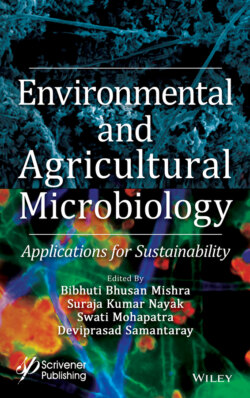Читать книгу Environmental and Agricultural Microbiology - Группа авторов - Страница 39
2.3.1 Cyanobacteria
ОглавлениеAccording to Elhaddad and Mahmoud (2015) [48], a blue-green alga Spirulina platensis acts as a good biosorbent that help in reducing hexavalent chromium. When its chromium reduction efficiency was studied at different pH (1.0 to 7.0), at different time period (5, 10, 20, 30, 60, 80, 90, and 120 minutes), pH 6.0 and 40 minutes of time period are suitable conditions for chromium reduction. Another S. platensis was also studied by Khuntia et al., (2011) [49] for the reduction of hexavalent chromium. In addition, 99.7% of chromium was reduced at an optimum pH of 0.5 and biomass dose of 5 g L−1. According to Katircioğlu et al., (2012) [50], a cyanobacterial strain Oscillatoria sp. H1 obtained from the Mogan Lake in Ankara, Turkey, was also observed for hexavalent chromium (VI) removal from aqueous solutions. Maximum biosorption of Cr(VI) was found at pH 6.0 which remain unaffected to temperature between 20°C and 40°C. Increase in biosorption was observed by increase the dried free and immobilized live and heat inactivated biomass (0.04 g) and 30 beads, respectively.
